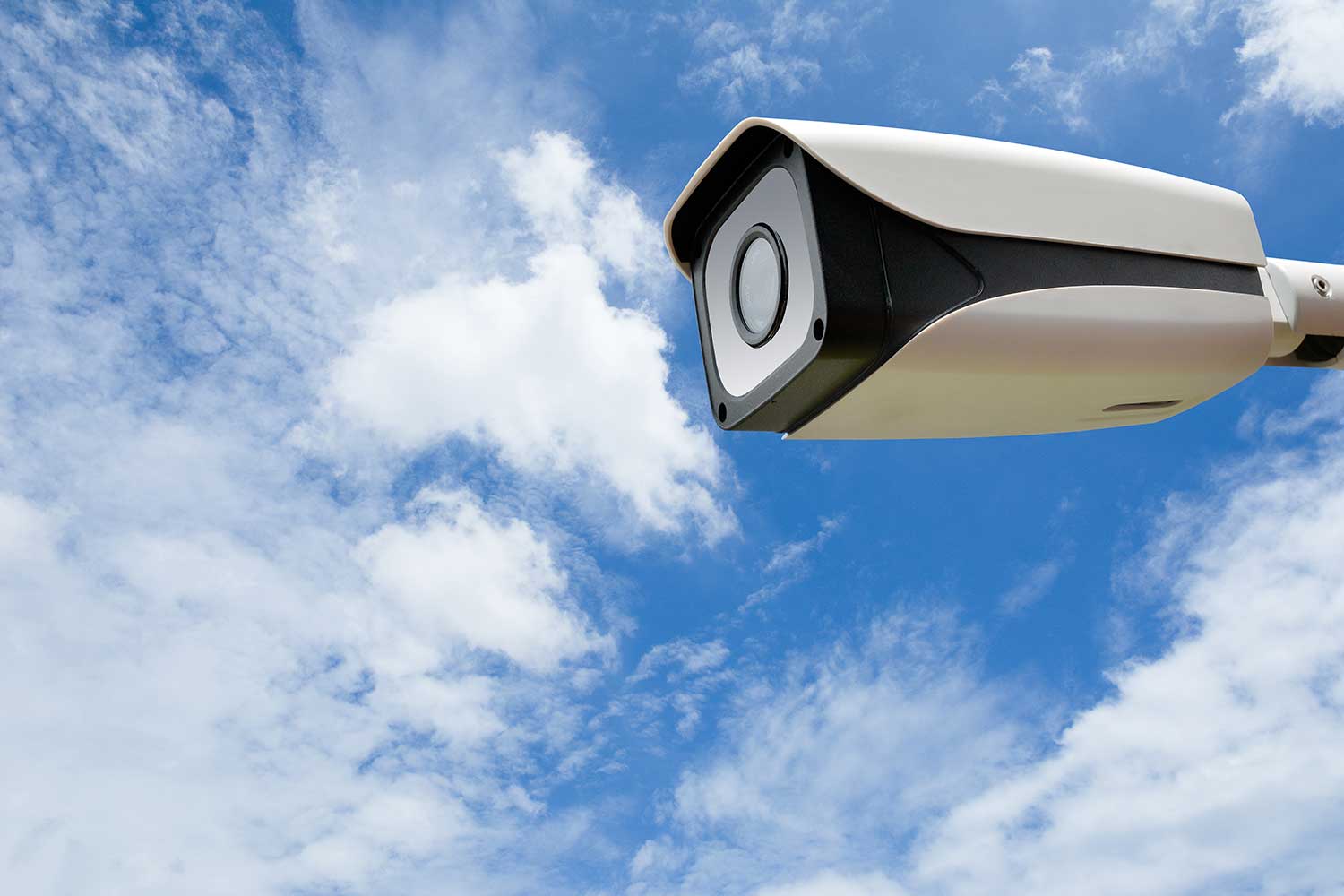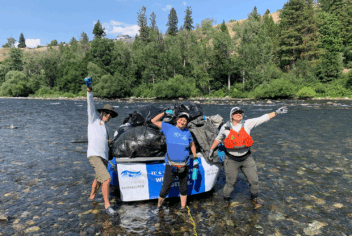When it comes to claims, the use of surveillance cameras can make or break a case depending upon how, when and where they’re used. In cases where cameras are in use and are properly placed, video footage has the potential to save your nonprofit from the headache and time spent involved in a “he said, she said” claim scenario. On the other hand, nonprofits that have poorly placed or maintained cameras, or no cameras at all, may have a difficult road ahead if a claim is filed. Remember, visual evidence is definitive, while witness and claimant testimony is not.
Learn about the benefits and pitfalls of camera surveillance below, as illustrated by several claims experienced by members of the Nonprofits Insurance Alliance Group.
Claim 1: Surveillance Tape Saves the Day
A female passenger being transported in a member’s passenger van alleged that she fell onto the floor of the vehicle because of the driver’s abrupt braking. The passenger, who was sitting in a motorized scooter at the time of the incident, also claimed that she was not properly strapped in, causing her to suffer injuries to her neck, back and leg.
One month later, when the claim was received by the nonprofit, the video surveillance footage from the vehicle’s on-board camera was submitted and it depicted an entirely different story. What did the footage show? The claimant seated in her motorized scooter, presumably removing her own seatbelt, and lifting herself out of the chair and throwing herself onto the floor. She then yells until help arrives. What else does the footage show? The driver of the member’s vehicle did not brake suddenly.
After viewing this footage, the claimant’s attorney dropped the claim. Thankfully for the nonprofit, footage of this incident was available, giving them the tools necessary to refute the claim.
Claim 2: Ill Placed Cameras Offer No Help
A nonprofit member operates a thrift store. This store had cameras covering the majority of the sales floor, but with a few exceptions; the area where large items were placed, such as furniture, was not covered by the surveillance cameras on site. A female claimant alleged that a large piece of furniture fell onto her hand, requiring surgery.
When the claim was filed, the insured produced store footage which depicted the claimant walking around the store before and after the alleged incident, but not during because that area wasn’t visible on the surveillance cameras. Eyewitness testimony suggests that the claimant was merely grazed by toppling furniture, but due to the lack of definitive visual evidence, there was no way to disprove the claim.
Claim 3: Lack of Camera Leads to Detriment
A member that provides transportation to disabled individuals received accusations of repeated sexual assault to a developmentally disabled passenger by a driver. The vehicle did not have an on-board camera installed at the time, although one was slated to be installed soon.
Unfortunately, the prior existence of a camera in the member’s vehicle may have prevented the sexual assaults, or would’ve prevented them from happening as frequently as they did. Surveillance footage would’ve also provided firm evidence in support of the claim, rather than leaving it to witness testimony to make the case. Either way, video footage is definitive and witness testimony is not. In this case, video footage might have been damaging, but it also might have prevented the abuse. On balance, we believe having video footage is preferred.
Lessons Learned
There are several lessons that can be learned from these claims examples, which can help your nonprofit if an accident or property claim arises. If your nonprofit has facilities or vehicles that do not have surveillance cameras installed, consider doing so. If your nonprofit is already using cameras, be sure that all areas are visible, and at all times. In the event that a claim occurs, do the following:
- Preserve any footage captured of the alleged incident immediately – especially if your nonprofit’s cameras record on a loop
- Take additional photos of the incident site when possible, using a camera or smartphone – if a vehicle is involved, document the plate number
- Train all staff on how to respond when an incident occurs, placing emphasis on the importance of visual documentation
While surveillance footage may help your nonprofit in defending itself in a claim, video camera recording and still photographs may present legal risks associated with invasion of privacy if the individual being filmed has a reasonable expectation of privacy in the location that is being visually recorded. An expectation of privacy clearly exists in places like restrooms, changing rooms and bedrooms, but can exist in other locations. Additionally, state and federal laws regulate the audio recording of individuals. While under federal law only one party to a conversation needs to consent to audio recording, some states, including California, require anyone being audio recorded consent to the recording. For that reason, many employers who choose to video record do not record audio. Please review your state laws to ensure that any video or audio recording is done in compliance with the law.
It’s clear that the use of surveillance cameras can hurt or help your nonprofit, depending on how they’re used. But, from our experience of handling thousands of claims against nonprofits, the proof is in the pudding. Having cameras is better than not having cameras!





